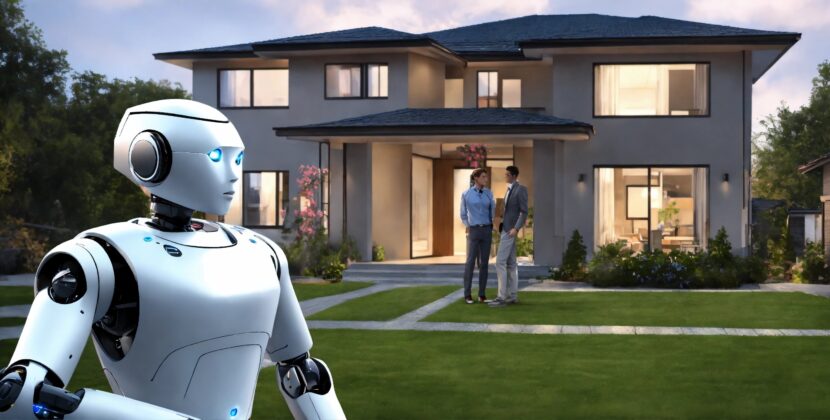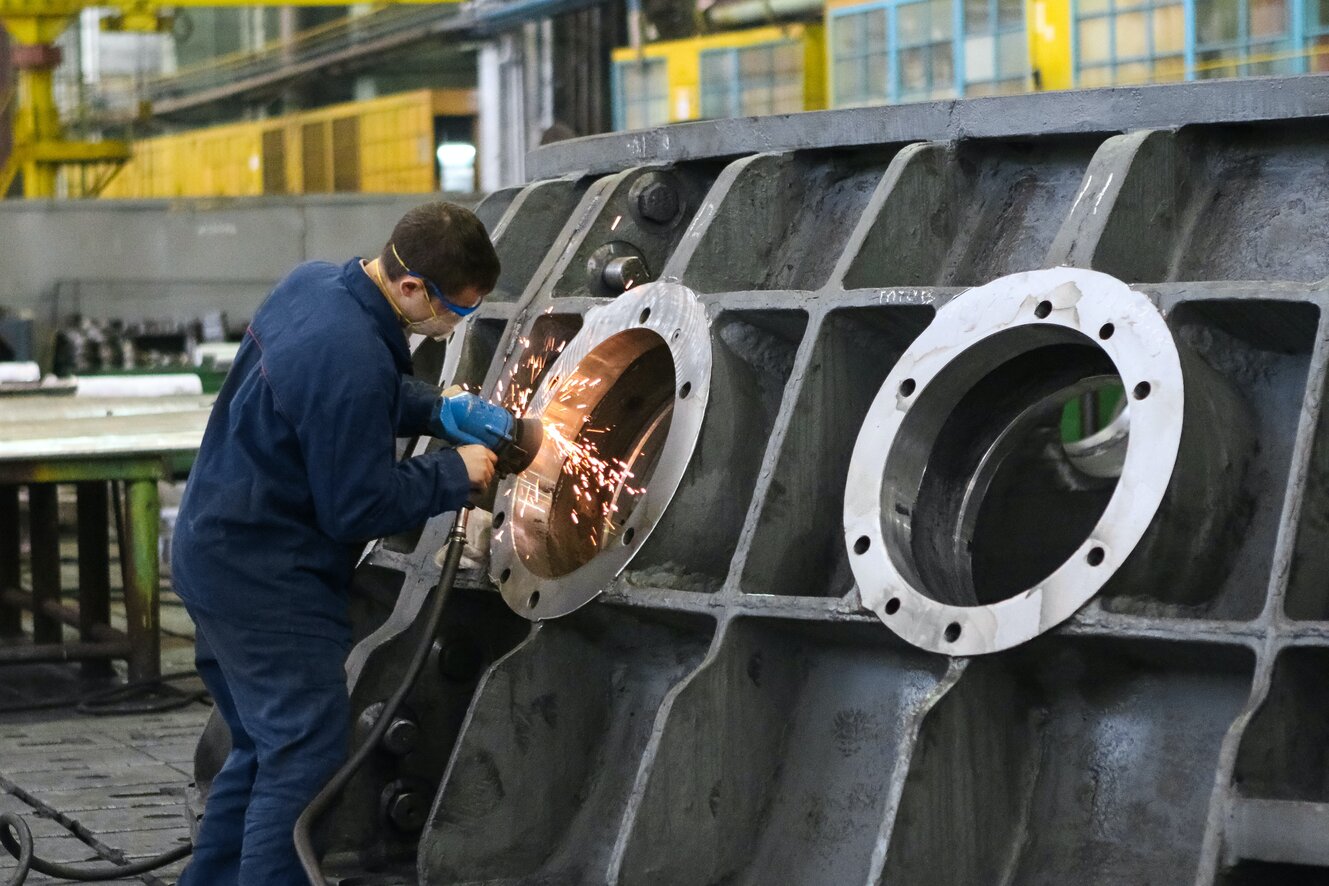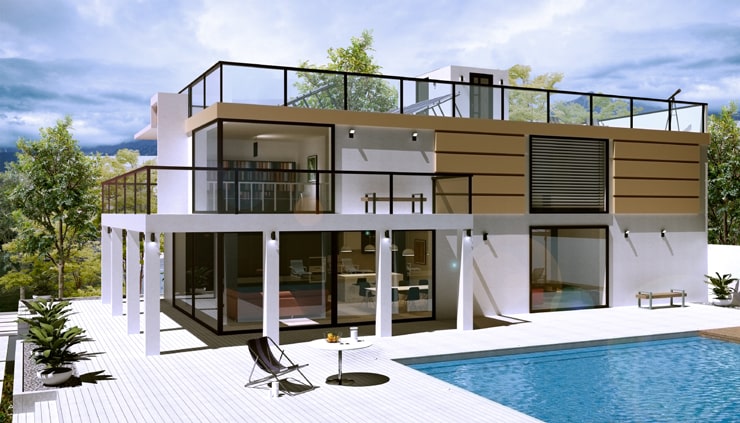
1.Beginning
It was around 50 years ago that engineers first employed Computer Aided Design (CAD) technology to create 3D walk-through renderings of complex industrial processing facilities. These new, computer-based models not only had a huge ‘wow’ factor, but they sped up the engineering process, simplified the procurement effort, and made construction more efficient. When done properly, a CAD design would help the designer identify how to route complicated pipe runs, where foundations had to be strengthened, where utilities had to be placed, and a thousand other things that had to be considered.
2.Today
From being a specialized engineering tool, 3D rendering has evolved into a quick, easy, and inexpensive ‘go to’ tool for a huge variety of activities. There is free open source software accessible to anyone with an internet connection that offers the level of quality once only available to big industries.
3.Types of 3D rendering
There is a pretty long list of the various types of renderings, but all of the advanced types can be assigned to two broad categories:
i. Real-time rendering is primarily used for interactive graphics and gaming where speed is critical. This is an environment where the user and the software are interacting in real time.
ii. Pre-rendering is employed where real-time interaction is not required. A pre-render provides a photorealistic image of the highest possible quality for animation and for visual effects (such as a 3D projection). Pre-rendering is a key to the appeal of super-hero movies, it also gives us the new, more realistic 3D experiences provided by
Below are the many subcategories that can be ascribed to the respective main categories mentioned above.
Texture-based Renderings:
Texture-based renderings use an image map, or a texture, to color the surfaces in the scene. Popular softwares for this type of rendering include Unity, Maya, Cinema 4D and Blender.
Vector-based Renderings:
Vector-based renderings are composed entirely of vector graphics, sort of like the graphics you see on restaurant signs or highway exit marker symbols. You might think that because the images are made up entirely of lines they would not have a very high visual quality, however vector-based images can be surprisingly life-like. These renderings are scalable and have the advantage of being able to be infinitely resized with no loss of resolution.
Shaded-based Renderings:
Shaded-based renderings use colors and shading to correct for perspective based distortion. The exact look of an object is calculated accurately based on the specific viewpoint. This makes very fast work for the computer to generate very realistic imagery later on.
Photorealistic Renderings:
Photorealistic renderings are aimed to look almost exactly like a photograph. They are often used in visualizations and for marketing purposes. These renderings appear everywhere, from advertising campaigns to modern CGI cinema and beyond.
Non-photorealistic Renderings:
Sometimes 3d artists want to use their visualization skills to create illustrative interpretations rather than photo-realistic imagery. This type of rendering is often used in digital art, cinema and video games.
Conclusion:
With so many options this article should help you to understand the basic differences. Now that you know more about the different types of 3d renders you can understand what type you will need for your project or campaign. What type of 3d render best fits your needs?

Your go-to source for the latest in tech, finance, health, and entertainment, with a knack for distilling complex topics into accessible insights, We deliver timely updates on the ever-evolving landscapes of technology, finance, health, and entertainment








